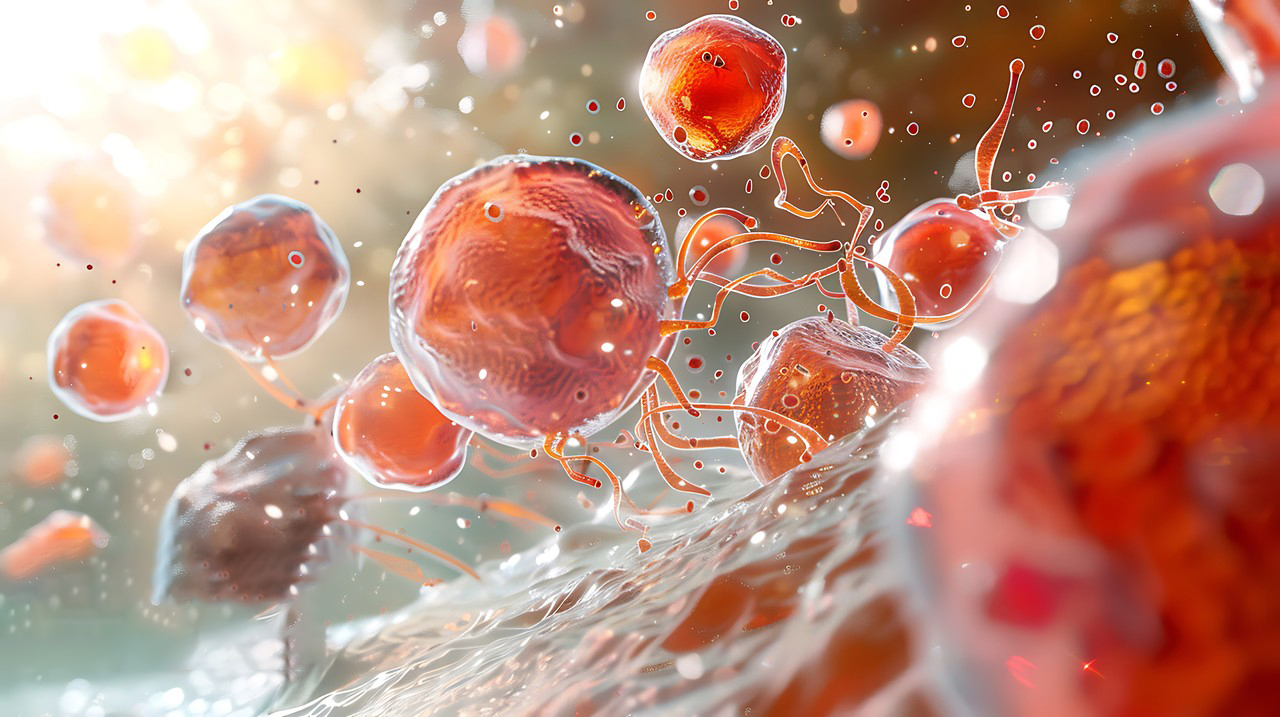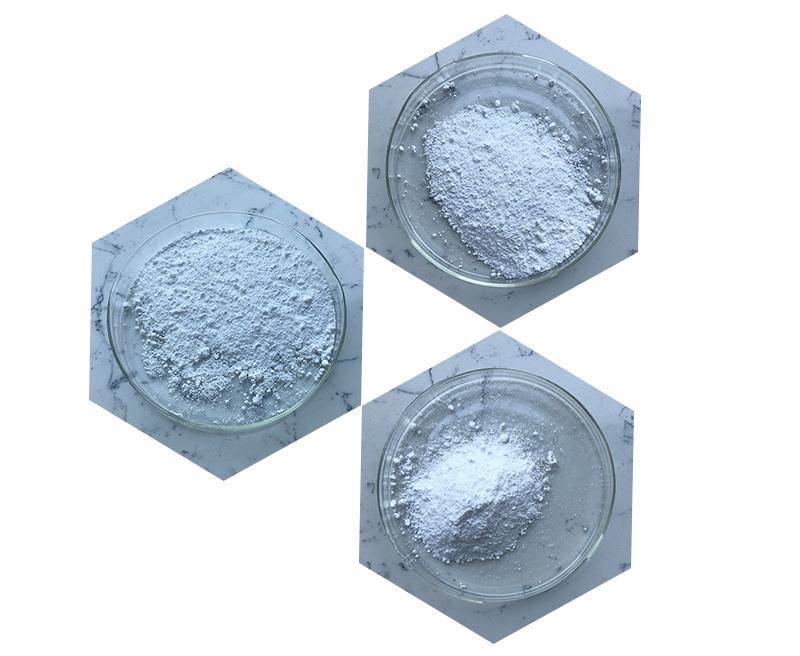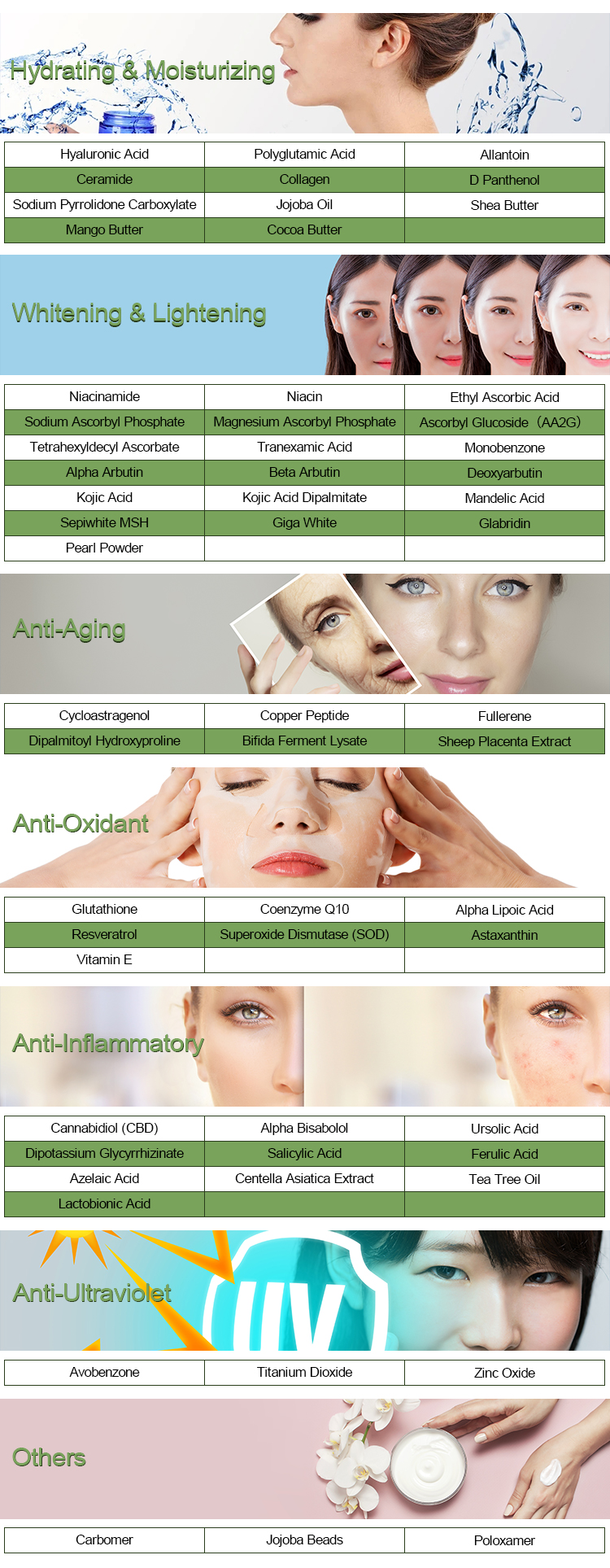Cycloastragenol (CAG) is a naturally occurring compound that is derived from Astragalus membranaceus, a herb commonly used in traditional Chinese medicine. It is a triterpenoid saponin and is considered a potent telomerase activator, which has sparked interest in its potential for anti-aging and longevity applications. Below is an overview of how cycloastragenol can be prepared from Astragalus membranaceus:
1. Extraction from Astragalus Membranaceus
Cycloastragenol is usually obtained from the roots of Astragalus membranaceus. The preparation of cycloastragenol typically involves several steps:
Materials:
- Dried roots of Astragalus membranaceus
- Solvent (e.g., ethanol, methanol, or water)
- Reagents for separation and purification

Procedure:
1.Grinding and Powdering: Start by grinding the dried roots of Astragalus membranaceus into a fine powder. This increases the surface area for extraction and allows for better solvent penetration.
2.Extraction: Perform an extraction using a suitable solvent. Ethanol or methanol is commonly used, but water can also be used for more selective extraction. The powdered root is mixed with the solvent and subjected to agitation, typically for several hours to ensure efficient extraction of saponins and other bioactive compounds.
3.Filtration and Concentration: After extraction, filter the solution to remove solid plant material. The filtrate can then be concentrated under reduced pressure to evaporate the solvent and obtain a crude extract.
4.Purification: Cycloastragenol is typically found as part of a mixture of saponins in the crude extract. To isolate cycloastragenol, further purification methods such as:
5.Liquid-liquid extraction
- Chromatographic techniques (e.g., column chromatography, high-performance liquid chromatography (HPLC)) are used.
- Reverse-phase HPLC is particularly useful for isolating cycloastragenol from other compounds in the extract.

2. Synthesis of Cycloastragenol
Although the natural extraction method is the most common, some synthetic routes have been explored for the preparation of cycloastragenol. However, the synthesis can be complex and less practical for large-scale production compared to the natural extraction process.
General Synthetic Approach:
- The synthesis of cycloastragenol may involve the creation of the triterpenoid skeleton followed by selective hydroxylation and oxidation to introduce the necessary functional groups at specific positions on the molecule.
- Some synthetic methods include the use of organic reactions such as terpene cyclization, oxidative rearrangements, and reductive processes to form the steroidal structure of cycloastragenol.
- Total synthesis of cycloastragenol is generally less common because it involves complex organic synthesis steps, making the extraction from natural sources more practical.
3. Characterization of Cycloastragenol
Once isolated or synthesized, the purity and structure of cycloastragenol can be confirmed by various analytical techniques:
- Nuclear magnetic resonance (NMR) spectroscopy
- Mass spectrometry (MS)
- Infrared (IR) spectroscopy
- High-performance liquid chromatography (HPLC)
These methods allow confirmation of the chemical structure, ensuring the compound is indeed cycloastragenol.

Summary of Key Steps for Cycloastragenol Preparation:
- Extraction from Astragalus membranaceus: Grind the plant material and extract with a suitable solvent (ethanol or methanol).
- Purification: Use chromatographic methods like HPLC to isolate cycloastragenol from the crude extract.
- Characterization: Verify the structure and purity using NMR, MS, and other techniques.
If you’re planning to carry out the preparation of cycloastragenol in a laboratory setting, these are the general guidelines to follow. Would you like to go into more detail on any of these steps?
